The days of clunky, one-size-fits-all content management systems (CMS) are long gone! Today, businesses are adopting a new breed of CMS: the headless CMS. While traditional CMS still holds the majority share, a whopping 24% of APAC businesses are embracing both approaches.
Why is this colossal shift in managing and delivering content happening, you might ask? Because it reduces website development costs by the bulk! In this blog post, we’ll break down the traditional vs. headless CMS debate, exploring their strengths, weaknesses, and how each impacts your digital strategy. Buckle up, and be ready to solve the headless CMS vs traditional CMS conundrum!
Table of Contents
Headless CMS Vs Traditional CMS: What Are They?
When it comes to orchestrating and disseminating digital content, two key players stand out: Traditional CMS and Headless CMS. While both aim to streamline content delivery, their methodologies differ. This article will delve into the unique aspects of each, helping you understand which CMS best aligns with your business needs.
Traditional CMS: The All-in-One Workhorse
Think of a traditional CMS like WordPress as a Swiss Army knife for content management. It tackles everything – creating content, storing it, and even designing your website’s look and feel. It’s a one-stop shop, complete with pre-built themes and a built-in database. However, this all-in-one approach can feel clunky in today’s fast-paced digital world. Traditional CMS can struggle to keep up with the ever-evolving needs of businesses and their customers.
Headless CMS: Content Delivery on Autopilot
Headless CMS, on the other hand, is like a laser-focused content management ninja. Unlike its traditional counterpart, it ditches the website design aspect altogether. Think Contentstack – it stores and manages your content seamlessly, but the front-end (how users see it) is built separately. This freedom allows developers to use any programming language to craft the perfect user experience. The result? Headless CMS offers incredible flexibility and scalability, making it ideal for complex projects with diverse delivery needs.
Key Differences in a Nutshell:
| Feature | Traditional CMS | Headless CMS |
| Focus | All-in-one content management and delivery | Content management only |
| Front-end Integration | Tightly coupled | Flexible, delivered via API |
| Scalability | Limited, changes to the front-end impact back-end | Highly scalable, front-end independent of back-end |
Here’s why understanding this distinction matters: The choice between a traditional and headless CMS depends on your specific needs. We’ll delve deeper into their advantages and disadvantages in the next section.
5 Keys Difference Between Traditional CMS and Headless CMS
Choosing the right Content Management System (CMS) is crucial for businesses of all sizes. However, with the rise of headless CMS alongside traditional options, the decision can feel overwhelming.
But how do these two systems differ from one another? To help you navigate this critical choice, let’s explore the 5 key differences between traditional and headless CMS, empowering you to select the system that best aligns with your specific needs.
#1: Structure and Architecture – Caterpillars vs. Butterflies
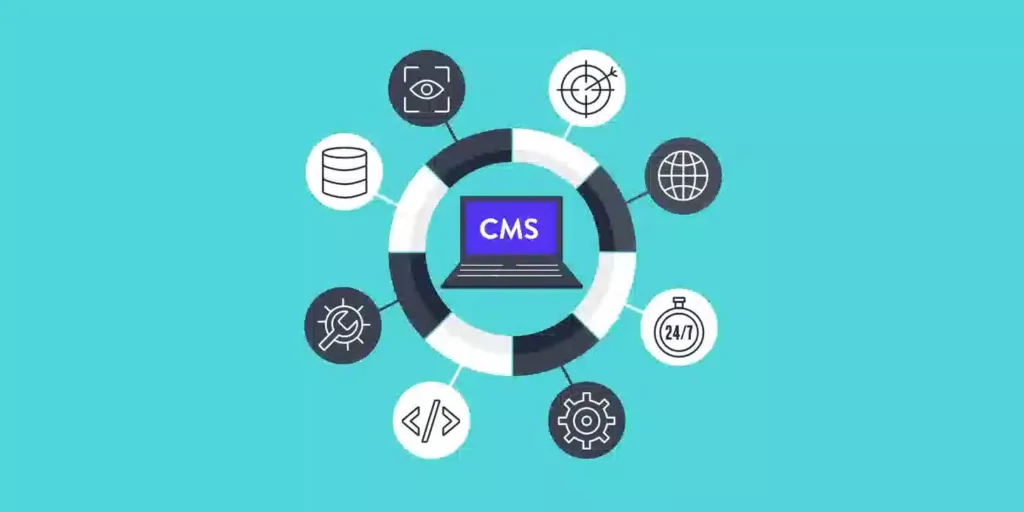
Traditional CMS operates like a caterpillar – self-contained and easy to manage. Everything – content creation, editing, and front-end presentation – resides under one roof. This simplicity is perfect for businesses seeking a user-friendly solution, especially considering the 43.6% of custom-built websites with CMS in APAC. However, this all-in-one approach can limit flexibility, particularly as businesses evolve and need to deliver content across diverse platforms.
Headless CMS, on the other hand, is more like a butterfly – elegant and adaptable. Content resides securely within the system, but the presentation layer is decoupled, allowing for delivery through APIs to any platform. This empowers businesses in the APAC region, known for its dynamic digital landscape, to deliver consistent content across websites, mobile apps, or even smartwatches. While the learning curve might be steeper due to its flexibility, the potential for a truly omnichannel experience is undeniable. Despite being a newer technology, headless CMS adoption has already reached 10%.
The Choice for Your APAC Business
The best CMS choice hinges on your specific needs and resources.
- Headless CMS: Ideal for businesses with strong technical expertise and a multi-platform content delivery strategy. Its flexibility and scalability cater perfectly to the fast-paced APAC market.
- Traditional CMS: A great fit for businesses with limited technical resources and a single-platform focus (e.g., website). It offers user-friendliness and simplicity, streamlining content management.
Ultimately, the best CMS empowers your content while supporting your APAC business goals.
#2: Content Delivery:
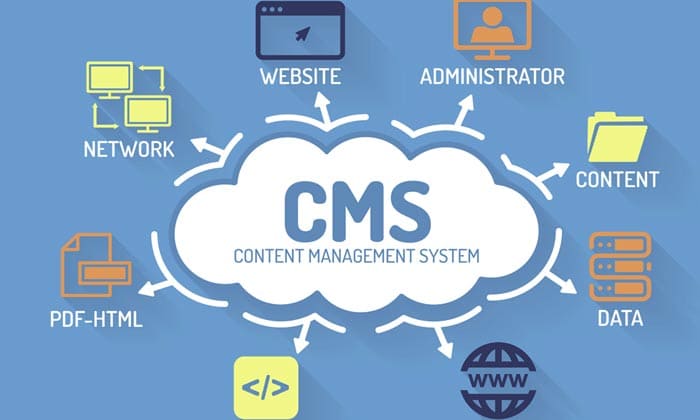
Both CMS options offer distinct delivery strengths:
Traditional CMS: The Streamlined Publisher
- Think of traditional CMS as a dedicated newspaper press. Content gets published once and automatically formatted for the website. While this is efficient for single-platform delivery (like a website), it becomes cumbersome for multi-platform strategies. As of 2022, over 67% of websites still leverage CMS for this reason, but the limitations become clear when considering the diverse APAC digital landscape.
Headless CMS: The Content Omnichannel
- Headless CMS operates like a modern news agency. Content is created once, then distributed (via APIs) to any platform – websites, mobile apps, or even smart displays. This “omnichannel” approach ensures consistent content delivery across all touchpoints, empowering businesses in the APAC region to reach their audience effectively. While setting up might require more technical expertise, the long-term benefits are undeniable.
The Choice for Your APAC Business
For website-centric businesses, a traditional CMS can be sufficient. But for those targeting diverse platforms, a headless CMS’s flexibility reigns supreme. Ultimately, the best choice aligns with your content delivery goals and resources.
#3: Security Showdown:
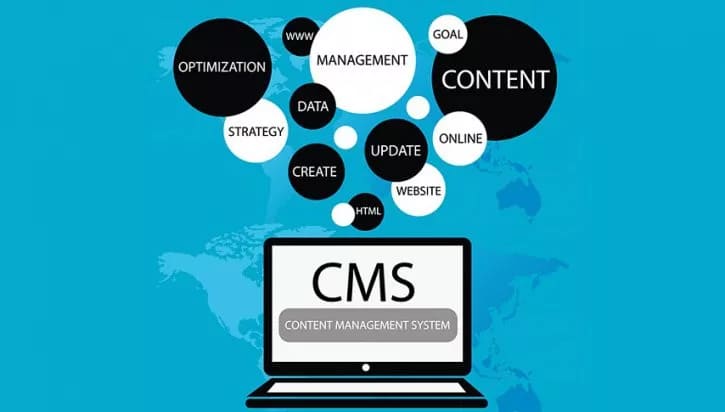
Security is a top priority for any CMS. Let’s see how traditional and headless CMS handle threats:
- Traditional CMS: A Single-Walled Castle
Imagine a traditional CMS as a medieval castle. The back end and front end are one big wall. If a digital dragon breaches the wall, your treasure (data) is at risk! Traditional CMS popularity makes them familiar targets for hackers who exploit known vulnerabilities, especially in plugins and extensions. A recent study found that nearly half of compromised websites had an up-to-date core CMS, highlighting the danger posed by vulnerable add-ons.
- Headless CMS: A Scattered Treasure Trove
Headless CMS operates more like a hidden treasure trove. The back-end (treasure) is decoupled from the front-end (access points). Even if a hacker breaches an access point, they won’t automatically reach your valuable data. Headless CMS allows for stronger security measures like advanced authentication and encryption on APIs, making it harder for digital dragons to steal the loot!
Who Wins the Security Battle?
Headless CMS has a clear advantage due to its decoupled nature and secure API access. However, no system is invincible. Strong security practices like software updates, robust passwords, and regular system monitoring are crucial for both CMS types.
The APAC region faces increasingly sophisticated cyber threats. While traditional CMS can be secured with vigilance, the inherent security benefits of a headless CMS might be a significant advantage for APAC businesses. Remember, credit card theft infections are on the rise – in 2021, a record number of websites were blacklisted for credit card skimming attacks, with a heavy focus on WordPress sites.
The choice ultimately depends on your resources and risk tolerance. But regardless of CMS type, prioritize robust security to keep your digital treasure safe!
#4: Ease of Use: Click vs. Code
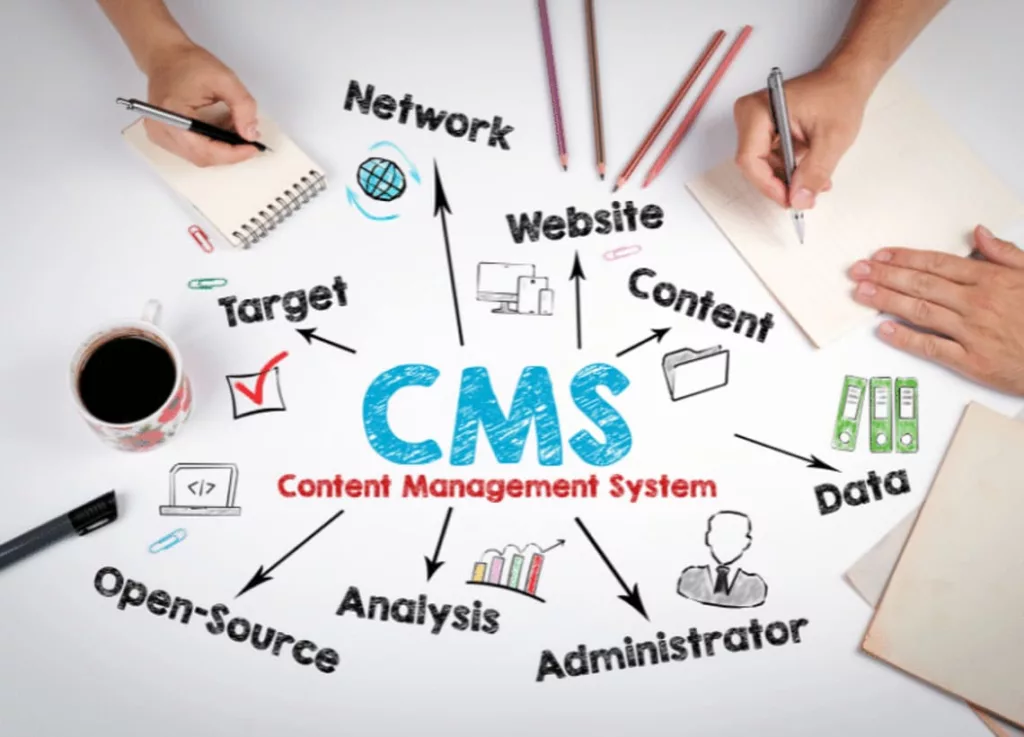
Picking the right CMS boils down to how comfortable you are wielding the reins. Here’s the breakdown:
- Traditional CMS: The User-Friendly Chariot
Traditional CMS platforms are known for their user-friendly interfaces. Imagine a WYSIWYG editor – what you see is exactly what you get on your website! This empowers even non-technical users to create and manage content with ease. Plus, pre-built themes and plugins let you customize your website without needing to code. No wonder WordPress, a user-friendly giant, powers over 43% of websites globally! It’s perfect for APAC businesses prioritizing a smooth content creation experience, especially for teams with limited technical resources.
- Headless CMS: The Developer’s Playground
Headless CMS might require a bit more technical know-how, especially for setting up the front-end. It’s like building a custom race car – exciting but requiring some mechanical knowledge. However, many headless CMS offer user-friendly interfaces for managing content in the back-end, similar to traditional CMS. The key difference? Headless CMS gives developers the freedom to choose any front-end technology, unlocking greater flexibility.
#5. Flexibility and Scalability:
Traditional CMS gives you a decent vehicle – you can customize the paint job (themes) and add some cool gadgets (plugins). But what if you crave a high-performance machine built for speed and agility? That’s where headless CMS enters the race.
Here’s how they stack up in the flexibility and scalability department:
- Traditional CMS: Think tuner shop. You have a good amount of freedom to customize the look and feel of your website. Themes and plugins offer a variety of options. However, this customization can come at a cost. Traditional CMS often has a monolithic structure, meaning everything is bundled together. As your content grows, so does the complexity of the system, potentially leading to sluggish performance and a management headache.
- Headless CMS: Picture a Formula One pit crew. Headless CMS lets developers build the front-end (the user interface) using any technology they choose. This unleashes a world of customization possibilities, allowing you to craft a truly unique website experience. Scalability is another win for headless. Because it’s designed to handle API calls efficiently, adding more content or expanding to new platforms becomes a smooth ride.
So, who wins the flexibility and scalability race?
It depends on your priorities. For businesses that value simplicity and ease of use, a traditional CMS might be a good fit. However, if you’re an APAC business operating in a fast-paced, diverse market, flexibility and scalability are crucial. Here, a headless CMS, with its decoupled architecture and future-proof design, takes the checkered flag!
Choosing Your APAC CMS Steed:
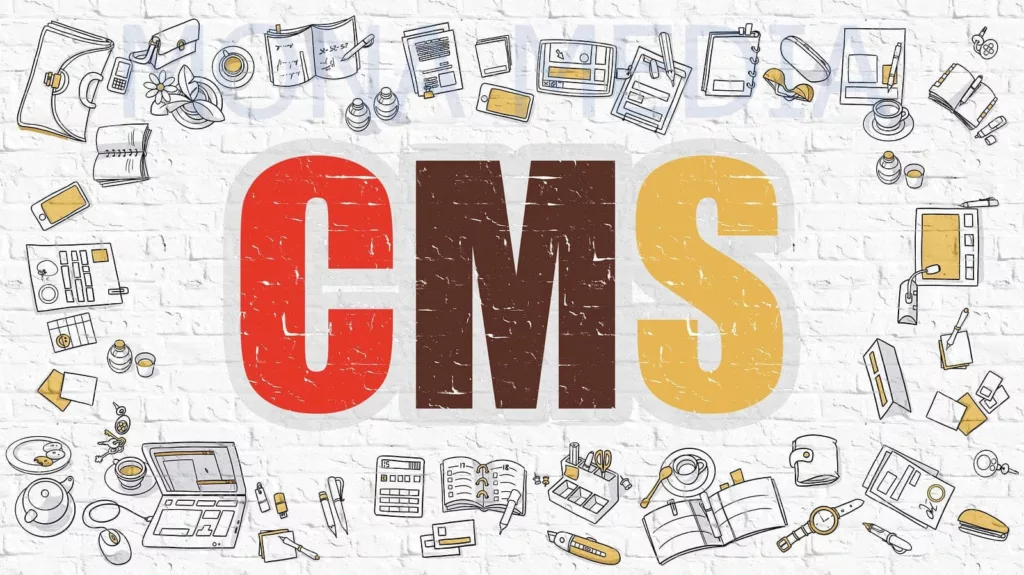
A traditional CMS might be the easier ride for non-technical users, ideal for smaller teams or those prioritizing a user-friendly experience. However, if your APAC business boasts a strong technical team and values ultimate flexibility, a headless CMS could be the key to unlocking a competitive edge.
Remember, over 76 million websites rely on CMS globally, and ease of use remains a top priority. Don’t get overwhelmed by the numbers – choose the CMS that empowers your team to create and deliver content seamlessly!
Tired of the traditional CMS? We get it. The APAC market is a multi-channel beast, demanding content that roars across websites, apps, and even smart fridges.
But what if your CMS held you back, stuck in a content silo? That’s where headless CMS, with its API superpowers, swoops in to save the day!
Here’s why APIs make headless CMS the spearhead of your business:
- Modular Marvel: Think of Legos for content. Headless CMS lets you build a content delivery system that grows with you. APIs connect the building blocks (content, front-end) seamlessly, so you can easily add new features or platforms without a website overhaul. Scalability? Child’s play!
- Omnichannel Oasis: From bustling cityscapes to remote villages, your APAC audience craves content everywhere. Headless CMS, powered by APIs, lets you push content to any platform – websites, mobile apps, or even smartwatches. Consistent brand experience across the board? Mission accomplished!
- Fort Knox Security: Cyber threats are a real dragon to slay. Headless CMS, with its decoupled architecture, creates a security fortress. A hacked website (front-end) won’t grant access to your precious content locked away in the secure back-end. Enhanced security? You bet!
- Future-Proof Phoenix: Technology changes faster than a Tokyo bullet train. Headless CMS, with its API magic, lets you integrate new technologies and platforms as they emerge. Your content delivery stays relevant, keeping you ahead of the APAC curve!
So what should you take away from this? Traditional CMS vs Headless CMS, which one is the superior option? Well…
Headless CMS might require a bit more initial setup, but the long-term benefits are a no-brainer. Because, when working in tandem with APIs, the Headless CMS unlocks a treasure trove of flexibility, security, and future-proofing for your content strategy.
Conclusion: The APAC Advantage: Are You Ready to Go Headless?
A 2024 survey reveals a growing dissatisfaction with traditional CMS in APAC, with security, speed, and content creator ease-of-use being top concerns. Headless CMS addresses these concerns directly.
The final decision depends on your specific needs. If technical expertise is available and flexibility is paramount, headless CMS could be the key to unlocking a competitive edge in the dynamic APAC market. However, for businesses prioritizing ease of use above all else, a traditional CMS remains a viable option.
Choosing the right CMS can feel overwhelming. At Vinova, we’re a team of passionate tech experts with extensive experience in both traditional and headless CMS solutions. We’ll help you navigate the APAC digital landscape and identify the perfect CMS fit for your business needs.
Ready to take the perfect first step into managing your content systems? Contact our Vinova team today!